Brake hold is when you press the brake pedal, which keeps your car from moving until you release it. This is different from holding down the brake pedal, which will cause your car to stop as soon as you put pressure on it.
Brake hold can be found in most cars, but it may not be called by that name. Once Honda Brake Hold is activated, the driver is automatically guided to hold the brakes until the vehicle comes to a complete stop.
It is possible for the driver to remove his or her foot from the brake pedal once the car has slowed without the vehicle rolling.
The vehicle automatically releases the brakes as soon as the driver presses the gas pedal. When you are driving in city traffic and stop-and-go traffic, this feature can be very useful.
Honda Civic Brake Hold: How Does It Work?
The interface is very simple to use. The first thing you need to do is fasten your seatbelt because it won’t work otherwise. Next, a “Brake Hold” button is located next to the electronic parking brake.
If you press the brake hold button on the dashboard, you will see the brake hold light illuminate. Now the driver can lift his or her foot off the brake every time the vehicle comes to a complete stop.
As long as the driver doesn’t press down on the gas pedal again, the vehicle will remain stationary for more than ten minutes after engaging.
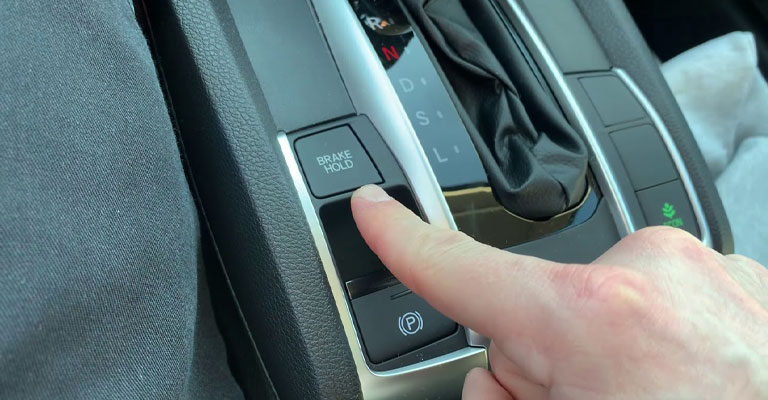
The system will automatically apply the parking brake and cancel the automatic brake hold if the driver’s seatbelt buckle is unfastened while the auto brake hold is engaged.
In stop-and-go traffic, the automatic brake-hold feature helps reduce stress by providing a higher level of ease and sophistication when operating the parking brake.
Can I Drive With The Brake Hold On?
This feature maintains braking pressure in stop-and-go traffic when the brakes are applied and releases them when the accelerator is applied. When stopped on a steep hill or slippery road, never rely on the automatic brake hold system.
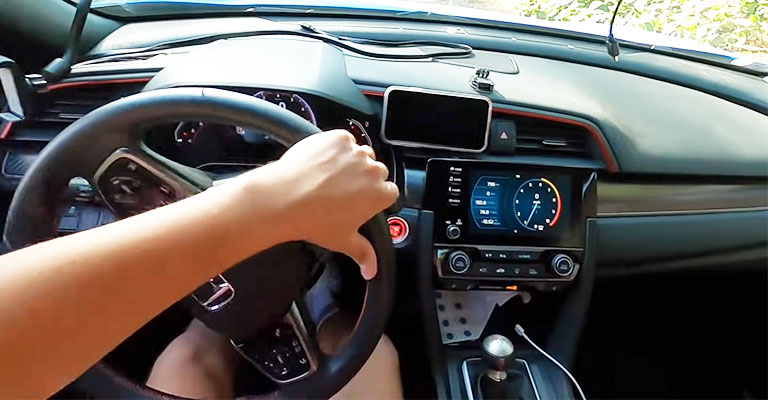
Does It Matter If I Hold On To The Brakes While Driving?
It is not possible to drive your Honda Civic with the brakes on. It would cause your vehicle’s rotors and pads to get destroyed, making the rotors turn faster than they should.
Using your vehicle’s brakes properly determines whether the braking system functions properly, which determines your safety. As you drive, keep these points in mind regarding brakes.
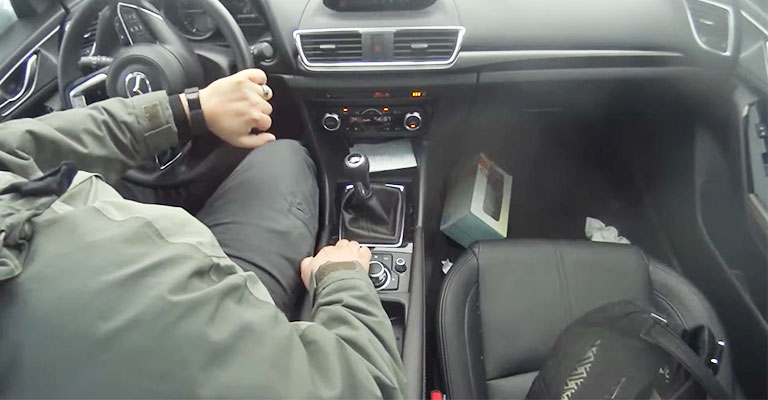
How Do You Use Honda Brake Hold?
It is pretty easy to use the brake hold system of the Honda Civic. The first thing you need to do is fasten your seatbelt. Then, you can view the brake hold-up light on the dashboard by pressing the brake hold button next to the electronic parking brake.
The Honda Civic will remain stationary until you press the gas pedal again whenever the vehicle comes to a complete halt. The brake hold feature would reduce fatigue by constantly stepping over the pedal after stopping.
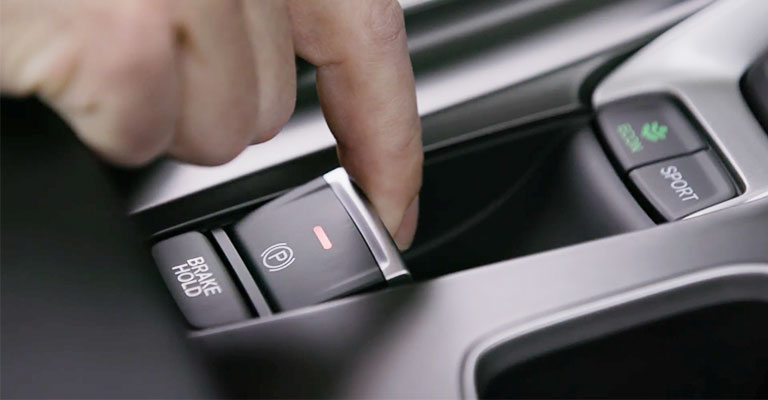
It is an essential feature for keeping you safe and secure when you’re on an incline. A number of factors could affect your driving, so you should be aware of them:
Engine Revving
Your vehicle can be damaged by engine revving, but it also depends on the engine’s temperature. The engine of your vehicle cannot achieve essential lubrication if it is revved before it has gotten time to warm up.
The best thing to do is start your vehicle and leave it for a few minutes before you step on the gas, especially during cold weather. This would allow oil to circulate properly.
Acceleration And Braking Improperly
Your Honda Civic will receive unnecessary damage if you continuously slam on the accelerator and brakes.
The rotors’ lifespan will also be reduced as a result. In addition, pedal stepping causes a jerking effect and damages rotors, pads, and brake capacity when done too much.
Low-Fuel Driving
It might seem cost-effective to wait until your vehicle’s fuel tank gets low to refill it, but the opposite is true. A low fuel tank causes your vehicle to draw petrol from the bottom, where sediment from the gas settles.
Sediment is transferred to the fuel line and filter as a result of this activity. The vehicle would be damaged as a result of clogging of lines.
Honda Civic Brake Hold System: When Should You Use It?
It only works after you’ve stopped completely. Through the ABS system, the brakes are electrically engaged. Additionally, it turns on the brake lights on the tail lamps. When I am braking at a stoplight, the system reduces foot fatigue very effectively.
It’s a nice driver’s aid to roll forward or backward on a hill. Touching the accelerator releases the brakes, and you’re on your way. There is a modern electronic version of the old hill holder feature some vehicles had fifty years ago.
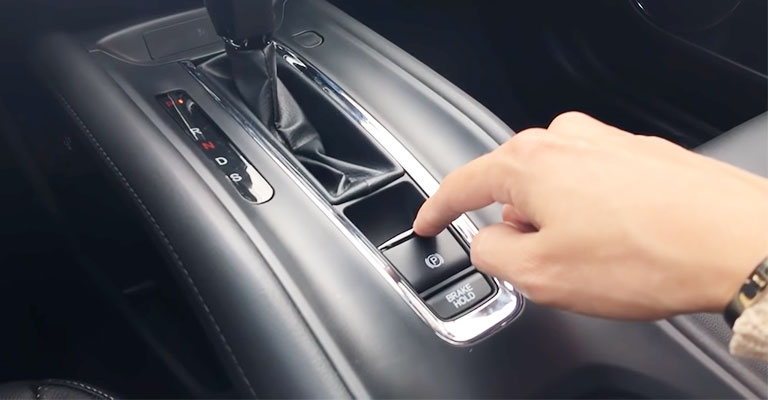
It works well for me, but I turn it off when I park in my garage. Due to my tight, slow maneuver into my parking space, it will engage. Additionally, it does not reduce pad wear or increase it.
Electric Parking Brake With Brake Hold
Compared to a traditional parking brake, the electric parking brake (EPB) is simpler, more convenient, and more comfortable to use. Furthermore, the EPB allows a higher center console and longer armrests due to the freed-up space in the center console.
It only takes a pull on the center console switch to engage the parking brake. If the transmission is in Drive or Reverse, the driver can release the parking brake either by pressing on the accelerator pedal (while buckling the seatbelt) or by pressing the parking brake switch.
As soon as the vehicle comes to a stop, like at a traffic light or in heavy traffic, the Automatic Brake Hold retains brake pressure. When the driver presses the throttle pedal, the vehicle is maintained in a stopped position without constantly pressing the brake pedal.
Safety Tips
The brakes will tear at a fast speed if they are used aggressively and excessively. Brake pads on your vehicle won’t last very long and might get cracked, and you should replace the rotors much sooner. Brakes should be used gently to avoid premature damage as well as generating low temperatures.
When not in use, brakes should not be used. You don’t want to have to hit the brakes every time the vehicle in front of you does, so make sure to keep a safe distance of three seconds from it.
Final Words
As soon as you lift your foot off the brake pedal, an automatic transmission will start moving from a stop. Manuals won’t since you have to put them in gear.
Honda has a feature that lets you keep your foot on the brake after lifting your foot off it. You’ll have to apply gas to release it. The default setting is off, so you must select it every time you start the car.

Leave a Reply